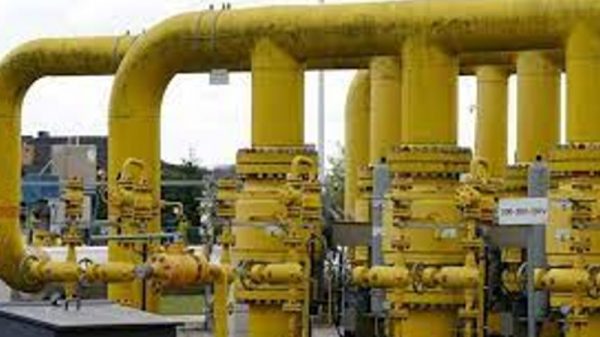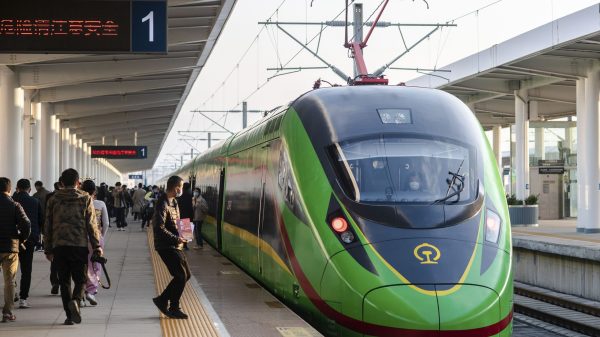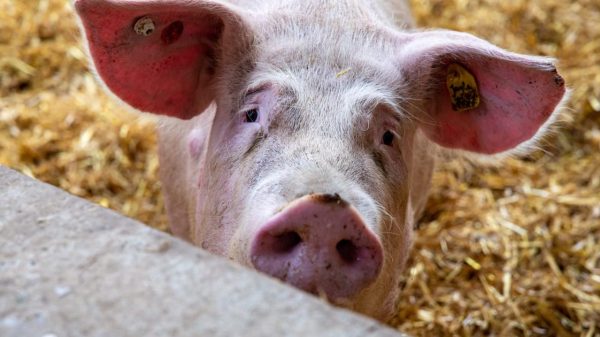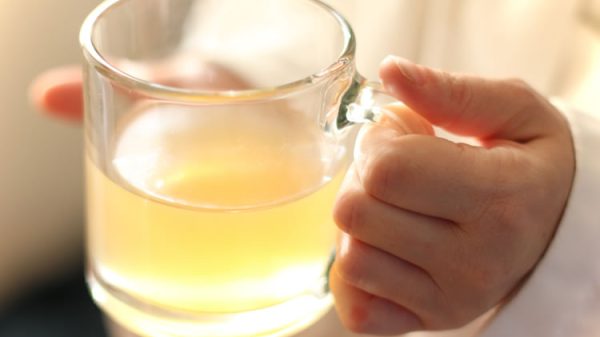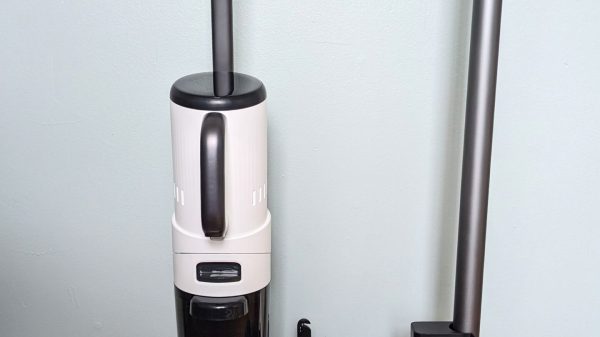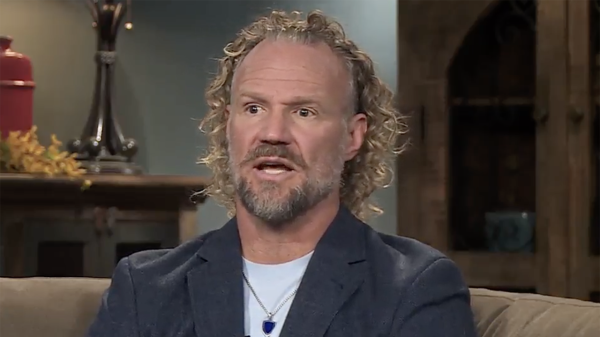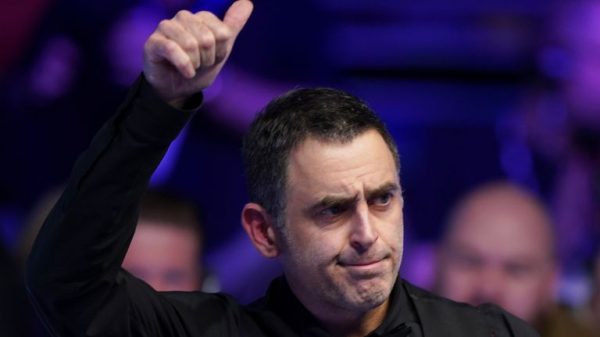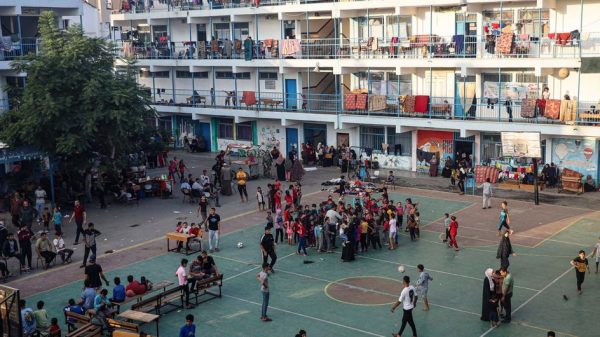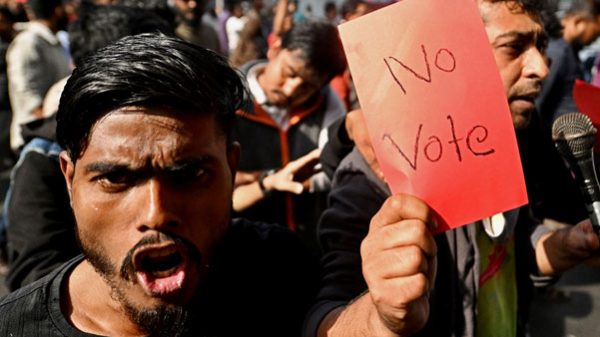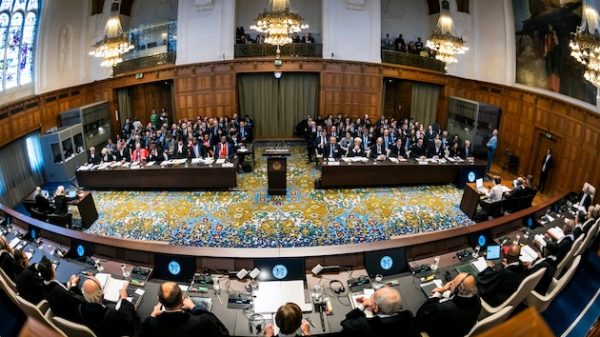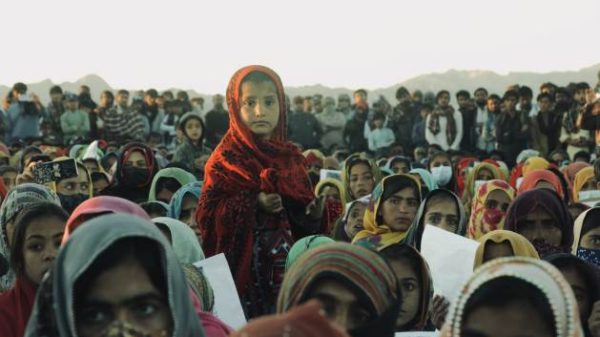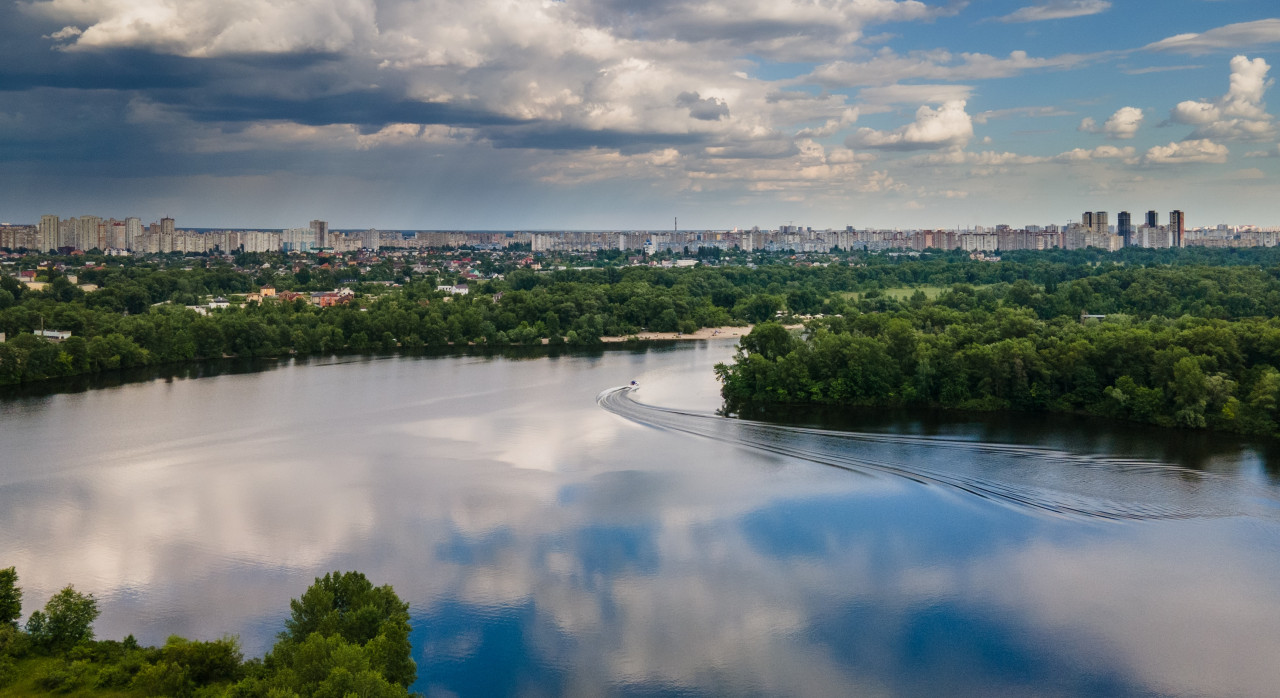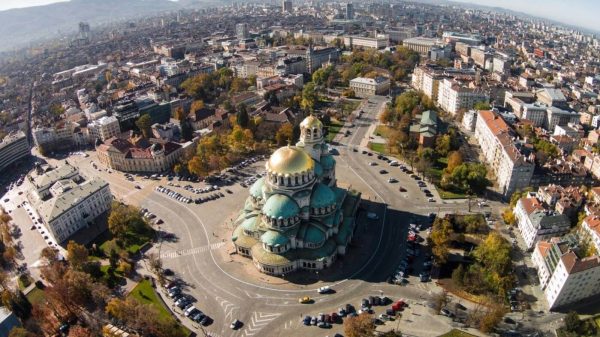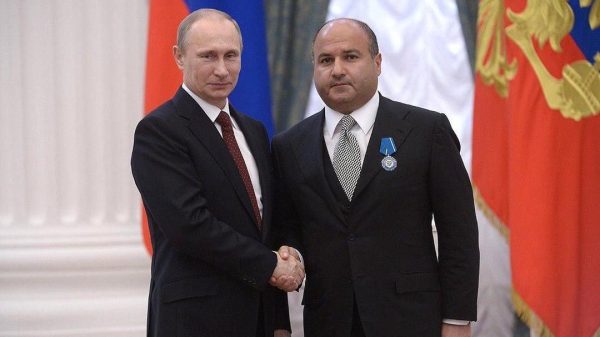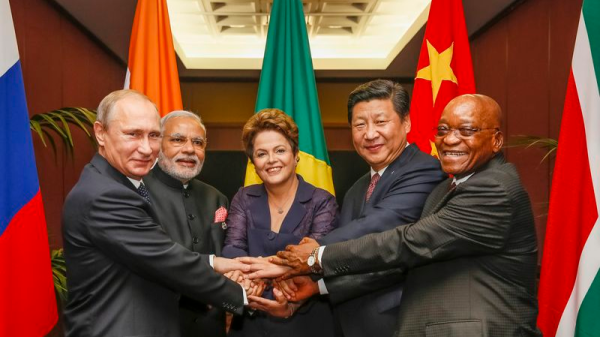Russia is deliberately draining the Kakhovka water reservoir, which is currently at its lowest water level in three decades.
The Russians have drained the Kakhovka reservoir to a critical level: as of now, the water level does not exceed 14 meters, which is 2 meters below the normal level; the normal retaining level in the reservoir is 16 meters, and at 12.7 meters it is physically impossible to discharge water. The Russians opened additional floodgates back in November, when the water level in the reservoir began to drop critically.
If the water level drops by another meter, the cooling system of ZNPP, the largest nuclear power plant in Europe, will be in critical danger. If ZNPP’s cooling system is endangered, the risk of a man-made disaster will put more than 1.5 billion people at risk.
The agricultural sector is also under threat. The eastern areas of Kherson and Zaporizhzhia regions are under the threat of drought – zones of critical agriculture. The canal zone, which runs from the water reservoir, is responsible for cultivation of 200,000 hectares of agricultural land: grains, vegetables, and soya beans. This will worsen the already difficult situation in agriculture and in particular with the sowing campaign.
Besides the fact that the prices for fertilisers have risen sharply, and farmers are short of seeds and fuel, this year domestic agricultural producers are predicted to harvest half as much grain and oilseeds as before the war. As a result of the Russian invasion into the country, available cultivation areas have shrunk, crop yields have fallen, and the months-long blockade of Ukrainian grain exports has broken the cycle. Farmers have had no income for a long time, which, in turn, meant they have not had enough money to buy fertiliser and prepare the land for the sowing season.
Water shortages are expected in cities such as Melitopol, Energodar, and Berdiansk, which are under Russian occupation. The pumping station of the Dnipro-Kryvyi Rih canal may shut down due to the rapid decline in the water level in the Kakhovka reservoir. Kryvyi Rih and coastal communities risk being left without water from the Dnipro.
The Russians are filling the reservoirs of the Crimean peninsula with water from the Kakhovka reservoir, which will disrupt the ecosystem of the entire of the south of Ukraine. A video of mass death of fish in the Kakhovka reservoir has appeared on the Internet. One of the main reasons for their death was a significant drop in the water level. The fish ended up in the so-called ice trap, when during a sharp drop in the water level and stable frosts the reservoir is covered with a dense layer of ice and the fish die from lack of oxygen.
Timely sanctions against the aggressor are the only way to respond to both these technological and humanitarian threats.













